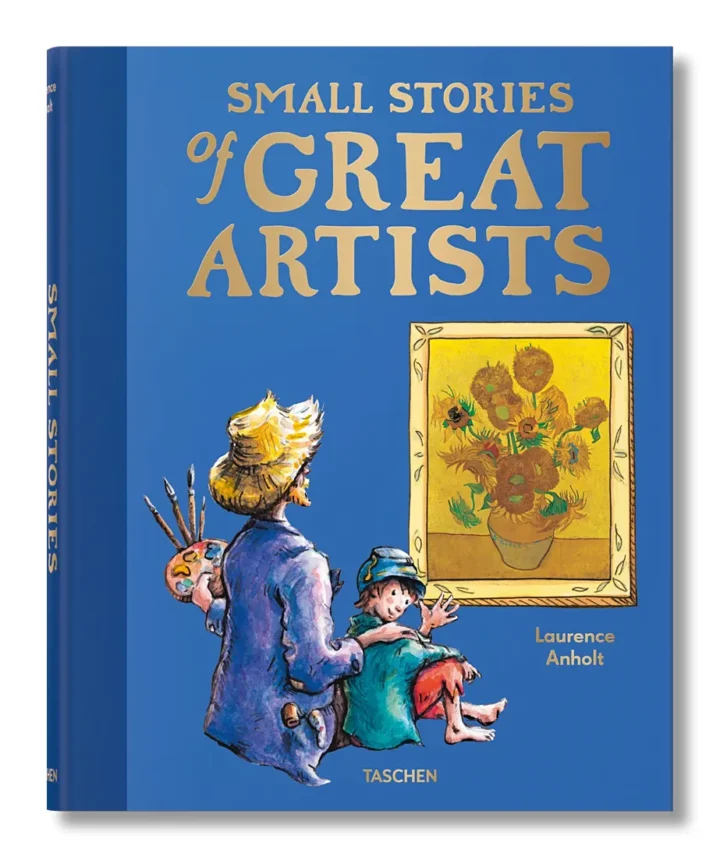Welte-Mignon was a music automaton developed in the early 20th century that made it possible to reproduce piano music in high quality. The name Welte-Mignon is composed of the surname of the inventor Edwin Welte and the French word for “lovely” or “charming”. Welte-Mignon was not only a technical masterpiece, but also a cultural phenomenon that changed the music world and inspired famous composers such as Debussy, Ravel and Mahler.
Welte-Mignon was based on the principle of perforated strip action, which had already been used for mechanical organs in the 19th century. This involved punching holes on a strip of paper that determined the pitch, volume, and pedal of the piano’s action. The paper strip was pulled through a mechanism connected to a pneumatic system that operated the piano’s keys and pedal. In this way, a performer’s piano playing could be recorded and played back.
Welte-Mignon, however, was not a simple copy of piano playing, but an artistic interpretation. The inventors Edwin Welte and Karl Bockisch developed a process to capture and transfer the dynamics, expression and sound of piano playing. They called it “reproduction” to emphasize that it was a rendering of the original performance.
Welte-Mignon was a great success and was sold worldwide. Many famous pianists and composers recorded for Welte-Mignon, leaving a valuable musical legacy. Among them were Claude Debussy, Maurice Ravel, Gustav Mahler, Richard Strauss and Ferruccio Busoni. Through Welte-Mignon, their works could be made accessible to a wide audience and their interpretations preserved for posterity. Welte-Mignon was thus not only a music automaton, but also a medium of musical communication and education.
However, Welte-Mignon was not only a blessing for the music world, but also a challenge. For Welte-Mignon raised the question of the authenticity and authorship of the music. Was Welte-Mignon a faithful reproduction of the original performance or a corruption? Was Welte-Mignon a tool of musical creation or a threat to creative freedom?
Welte-Mignon was a revolutionary musical automaton that allowed piano playing to be experienced in a new dimension. It was a testament to technical innovation and artistic inspiration. But it was also a mirror of the musical culture and social discourses of its time. Welte-Mignon was more than just a lovely name – it is a musical legend.


